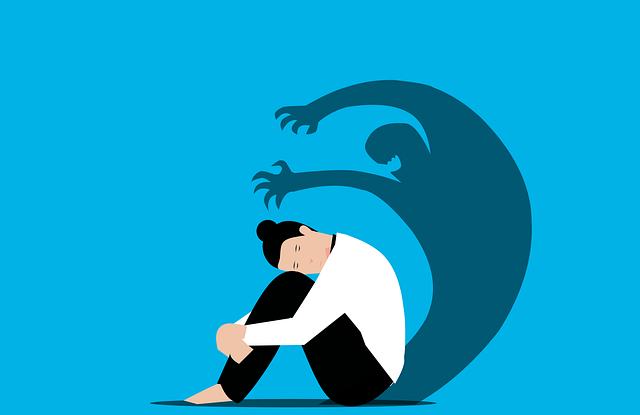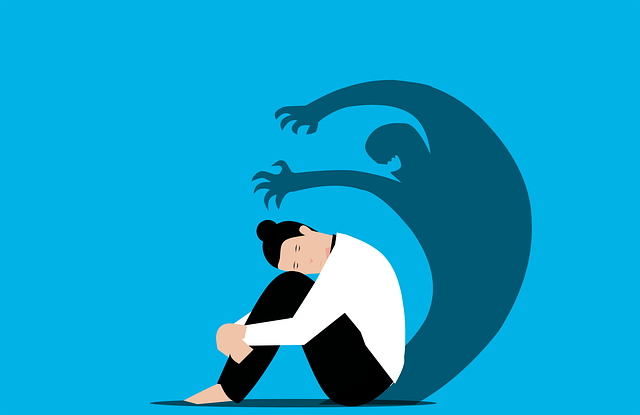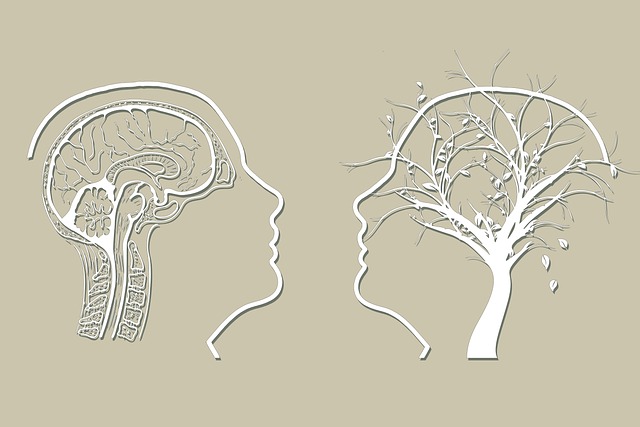Providing therapy for elderly Spanish-speaking individuals requires a culturally sensitive approach to overcome language barriers and create safe, inclusive environments. Qualified professionals or mediators using their native tongue are essential. Facilitators must understand historical trauma, acculturation stress, and intergenerational communication patterns to promote healing and encourage participation in mental wellness groups. Engaging activities, traditional elements, crisis intervention, and mindfulness exercises enhance social interaction and mental stimulation, fostering positive group dynamics for improved mental health outcomes among this demographic. Peer support within these groups offers practical assistance, builds resilience, and creates a supportive community for emotional expression and personal growth.
Mental wellness group facilitation is a powerful tool for improving the lives of Spanish-speaking elders. This article explores effective techniques tailored to this demographic, focusing on cultural sensitivity, trust-building, and overcoming language barriers. We delve into strategies that create safe spaces, facilitate engaging activities, and foster peer support. By implementing these techniques, therapists can provide targeted therapy for elders speaking Spanish, enhancing their mental wellness and fostering meaningful connections.
- Understanding Cultural Sensitivity in Group Facilitation for Spanish-Speaking Elders
- Creating a Safe and Inclusive Environment: Building Trust in Your Elderly Participants
- Effective Communication Strategies for Overcoming Language Barriers
- Facilitating Engaging Activities: Fostering Social Interaction and Mental Stimulation
- The Power of Peer Support: Encouraging Connection and Shared Experiences
Understanding Cultural Sensitivity in Group Facilitation for Spanish-Speaking Elders

In facilitating mental wellness groups for Spanish-speaking elders, cultural sensitivity is paramount. It’s crucial to create a safe and welcoming space that respects their unique experiences, traditions, and communication styles. Many elders from Hispanic and Latinx backgrounds may face language barriers or feel uncomfortable in predominantly English-speaking settings. Therefore, providing therapy for elders Spanish speaking requires qualified facilitators who can offer services in their native tongue or employ cultural mediators to bridge the gap.
Understanding the emotional healing processes specific to this demographic is key. Facilitators should be aware of the impact of historical trauma, acculturation stress, and intergenerational communication patterns on the mental health awareness and self-esteem improvement of Spanish-speaking elders. By incorporating culturally relevant activities and addressing these issues with nuance, facilitators can foster deep connections within the group, enhancing participation and the overall therapeutic experience.
Creating a Safe and Inclusive Environment: Building Trust in Your Elderly Participants

Creating a safe and inclusive environment is paramount when facilitating mental wellness groups for elderly Spanish-speaking participants. This involves cultivating an atmosphere where each individual feels valued, respected, and comfortable sharing their experiences and perspectives. Building trust begins with clear communication, ensuring cultural sensitivity, and demonstrating empathy towards the unique challenges faced by this demographic. Facilitators should prioritize creating a non-judgmental space that encourages open dialogue, allowing participants to connect on a deeper level.
Effective techniques include active listening, using culturally responsive language, and incorporating activities that foster interconnection. By designing mental health education programs with these principles in mind, facilitators can enhance resilience building within the group dynamic. Community outreach program implementation should aim to reach and support elderly individuals who may be hesitant to participate due to language barriers or cultural hesitancy. Through these strategies, facilitators enable a supportive environment where therapy for elders becomes accessible and meaningful.
Effective Communication Strategies for Overcoming Language Barriers

In facilitating mental wellness groups for Spanish-speaking elders, overcoming language barriers is paramount to ensure effective communication. This can involve employing clear and simple language, using visual aids such as charts and pictures, and incorporating nonverbal cues to bridge any gaps. Additionally, trained interpreters or bilingual facilitators can play a crucial role in ensuring everyone feels included and understood.
Mindfulness meditation techniques have proven beneficial in these settings, promoting calmness and open communication. Moreover, integrating cultural elements into therapy sessions can foster trust and engagement among participants. In light of the diverse mental health needs within older adult communities, a thorough Mental Health Policy Analysis and Advocacy is essential to address systemic barriers and ensure accessible services, including specific programs tailored for Spanish-speaking elders. Effective risk management planning for mental health professionals also contributes to creating a safe and supportive environment, facilitating open dialogue and fostering healing.
Facilitating Engaging Activities: Fostering Social Interaction and Mental Stimulation

In facilitating mental wellness groups, especially for Spanish-speaking elders, engaging activities are key to fostering a supportive and interactive environment. These activities should stimulate both social interaction and mental stimulation, creating a safe space where participants can connect, share experiences, and learn from one another. Incorporating cultural sensitivity in mental healthcare practice is essential, ensuring that activities resonate with the diverse backgrounds of the group members. For instance, incorporating traditional stories or music from their homelands can evoke a sense of comfort and belonging.
Crisis intervention guidance should also be integrated into these activities to address any acute issues that arise. Facilitators can design exercises that promote mindfulness, such as guided meditation sessions, to enhance self-care routine development for better mental health. By combining social engagement with mental stimulation, the group can foster a positive and nurturing atmosphere, ultimately contributing to improved mental wellness among Spanish-speaking elders.
The Power of Peer Support: Encouraging Connection and Shared Experiences

In mental wellness groups, peer support is a powerful tool that fosters connection and shared experiences among participants. Spanish-speaking elders often face unique challenges, such as cultural barriers and limited access to therapy for Elders in their language. Group facilitation techniques that emphasize peer interaction can bridge these gaps, creating a safe and supportive environment. By encouraging open dialogue and empathy, facilitators enable participants to build a sense of community, enhancing the overall therapeutic experience.
This approach not only provides practical support but also boosts inner strength and confidence. Traumatized individuals can find solace in knowing they are not alone—a feeling magnified when shared experiences are acknowledged and understood. Peer-led discussions facilitate trauma support services by offering a space where emotions can be expressed, validated, and transformed into growth opportunities. Through these connections, participants develop resilience and discover their inherent capacity for healing and personal development.
In facilitating mental wellness groups for Spanish-speaking elders, cultural sensitivity, trust-building, effective communication, engaging activities, and peer support are essential components. By navigating language barriers through strategic communication techniques, creating safe spaces, and fostering social interaction, facilitators can significantly enhance the therapeutic experience for this specific demographic. These techniques not only promote mental stimulation but also encourage connection and shared experiences among participants, ultimately revolutionizing therapy for elders in today’s digital era.












